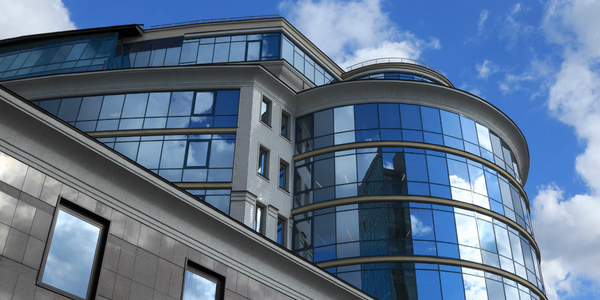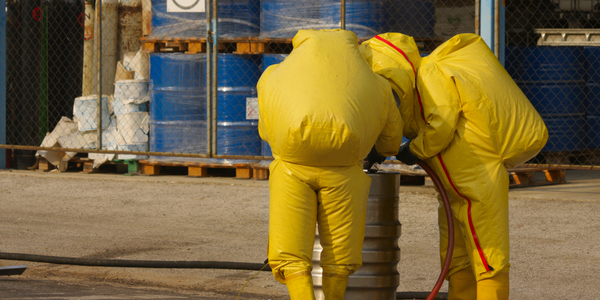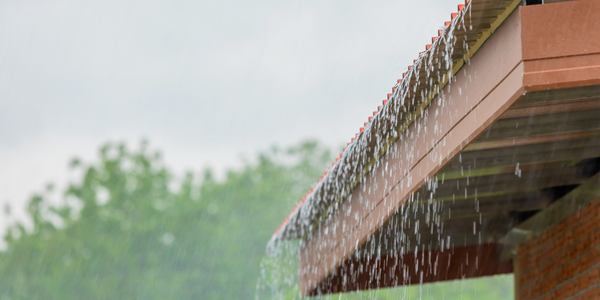Technology Category
- Functional Applications - Warehouse Control Systems (WCS)
- Robots - Autonomous Guided Vehicles (AGV)
Applicable Industries
- Buildings
- Life Sciences
Applicable Functions
- Logistics & Transportation
- Product Research & Development
Use Cases
- Autonomous Robots
- Time Sensitive Networking
Services
- System Integration
- Testing & Certification
About The Customer
Motoman, Inc., established in August 1989, is the second-largest robotics company in the United States and one of the fastest-growing, with over 17,000 robots installed in North America. It is a subsidiary of Yaskawa Electric America and Yaskawa Electric Corporation of Japan, one of the world's largest manufacturers of industrial robots with over 85,000 installations worldwide. Motoman's robots are used in a wide range of applications, including material handling for machine tool load/unload, injection mold machine load/unload, arc and spot welding, and process applications such as die spray, dispensing, and trimming. Its biggest customers are integrators and suppliers to top auto manufacturing companies.
The Challenge
Motoman, a leading robotics company, faced the challenge of designing a new system, the MotoSweep O, which would mount a 6-axis robot on a boom and riser system. The system was intended to service multiple vertical and/or horizontal machines from overhead in a linear, rotary, or facing configuration. The rotating arm of the system was designed to reach all machines simultaneously, thereby freeing up significant floor space. The existing servo gallows system, used for overhead arc welding, was to be replaced with a system that could also handle material handling. The new system was intended to reduce the boom's mass, increase the overall payload, and allow a robot larger than the existing maximum of 280kg to be mounted on the boom. The team also aimed to solve the problem of backlash in the main drive assembly of the boom, which caused the boom to shake when the robot reached its program point, increasing the robot’s settling time and the MotoSweep O’s cycle time.
The Solution
Motoman utilized ANSYS DesignSpace to create a boom with less mass, thereby increasing its reach and payload. The software also enabled them to reduce the base structure size and the floor mounting requirements for the riser on their new product line. The MotoSweep O was designed to allow a 550kg robot to be mounted 2 meters from the axis, doubling the payload and mass of the previous 280kg robot. The team also developed a dampening system to eliminate the backlash and increase the stiffness of the structure. A friction roller was mounted to a top plate, and its reaction within the MotoSweep system was modeled in DesignSpace. The software helped them determine the necessary spring rate for the top plate and the exact thickness needed for the plate to achieve the desired deflection. The MotoSweep O also had a higher rotational speed and an increased allowable payload over the old gallows system, and its settling time improved significantly.
Operational Impact
Quantitative Benefit

Case Study missing?
Start adding your own!
Register with your work email and create a new case study profile for your business.
Related Case Studies.

Case Study
Energy Saving & Power Monitoring System
Recently a university in Taiwan was experiencing dramatic power usage increases due to its growing number of campus buildings and students. Aiming to analyze their power consumption and increase their power efficiency across 52 buildings, the university wanted to build a power management system utilizing web-based hardware and software. With these goals in mind, they contacted Advantech to help them develop their system and provide them with the means to save energy in the years to come.

Case Study
Intelligent Building Automation System and Energy Saving Solution
One of the most difficult problems facing the world is conserving energy in buildings. However, it is not easy to have a cost-effective solution to reduce energy usage in a building. One solution for saving energy is to implement an intelligent building automation system (BAS) which can be controlled according to its schedule. In Indonesia a large university with a five floor building and 22 classrooms wanted to save the amount of energy being used.

Case Study
Powering Smart Home Automation solutions with IoT for Energy conservation
Many industry leaders that offer Smart Energy Management products & solutions face challenges including:How to build a scalable platform that can automatically scale-up to on-board ‘n’ number of Smart home devicesData security, solution availability, and reliability are the other critical factors to deal withHow to create a robust common IoT platform that handles any kind of smart devicesHow to enable data management capabilities that would help in intelligent decision-making

Case Study
Commercial Building Automation Boosts Energy Efficiency
One of the challenges to building automation is the multitude of non-interoperable communications protocols that have evolved over the years. Buildings have several islands of automation. Bridging the islands of different automation without losing the considerable investment in each specialized control network is the main focus in this solution.

Case Study
Protecting a Stadium from Hazardous Materials Using IoT2cell's Mobility Platform
There was a need for higher security at the AT&T Stadium during the NFL draft. There was a need to ensure that nuclear radiation material was not smuggled inside the stadium. Hazmat materials could often be missed in a standard checkpoint when gaining entry into a stadium.




